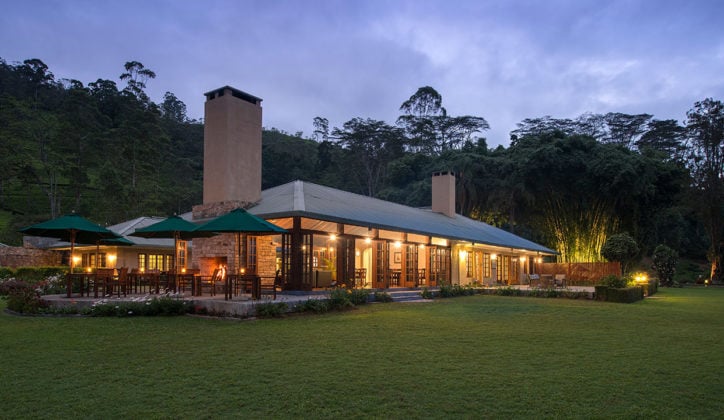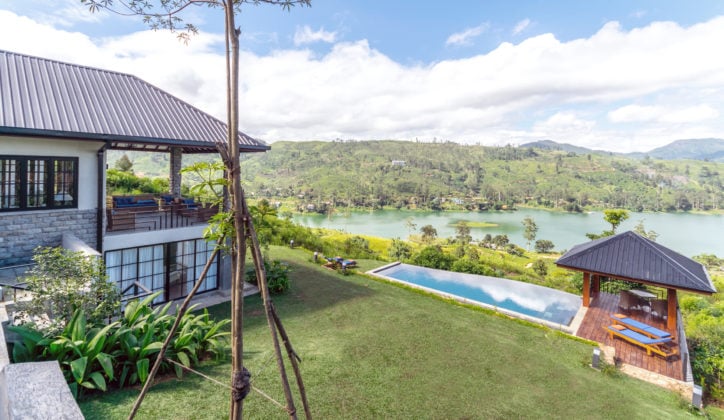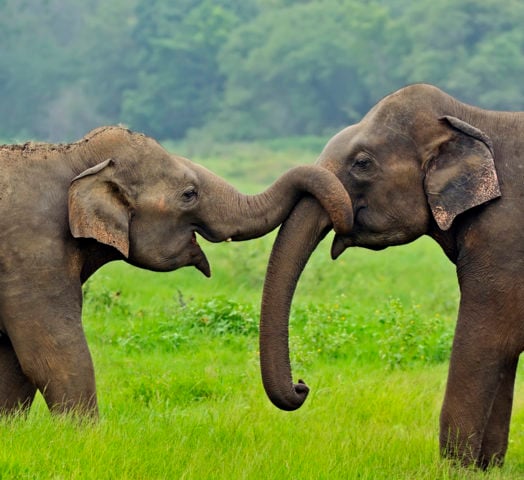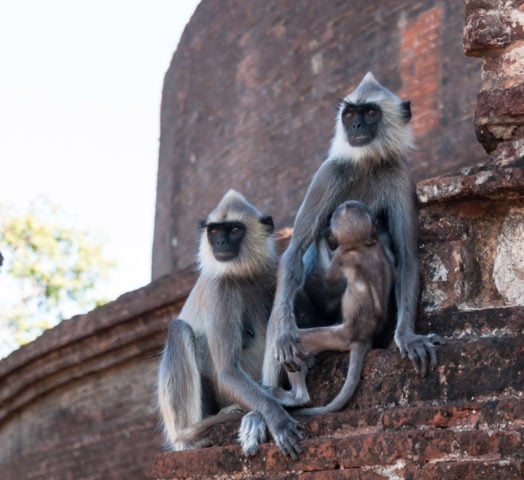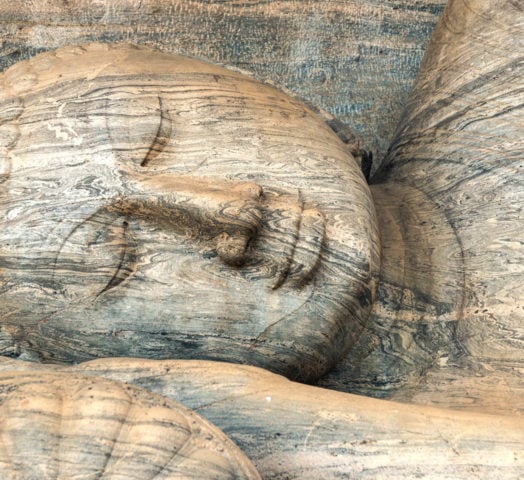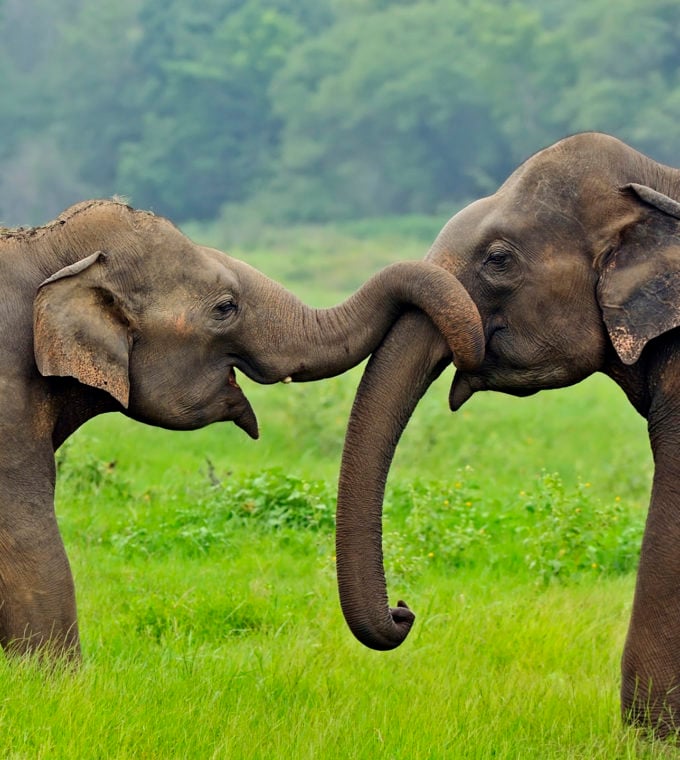Rolling green hills and a blanket of green
A train winds its way slowly through undulating hills blanketed in green. Dotted across lush-ranked fields, women quickly but meticulously harvest leaves by hand, baskets slung across their backs. Stretching across the island’s midsection, this is Sri Lanka’s tea country and quite possibly the origin of your favourite morning cuppa.
Sri Lanka (formerly known as Ceylon) is the world’s fourth largest producer of tea. It is also one of the few places in the world where harvesting is still done by hand. Skilful workers deftly pluck the most flavoursome and aromatic parts of the bushes – the topmost leaves and buds – which are then sent to nearby factories to be dried and processed.
The first tea plantations were established in Kandy in the 1860s and now most of the scenic central region’s elevated slopes are covered in contoured rows of painstakingly maintained plants. Breathe deeply as you stroll through the lush plantations, and take time to learn about the leaves’ historic journey from soil to cup at the Ceylon Tea Museum in Hantana, Kandy. There you can sample some of the premium teas produced in Sri Lanka and learn about the fine art of tea appreciation while enjoying views over the museum’s grounds which are landscaped with the different tea varietals.
Many of the region’s tea factories offer tours which include walks through the plantations, a closer look at the manufacturing process and tastings. If you’ve never understood the joy a simple cup of tea can bring, this may be the perfect place to start.
Highlights
Wind your way through the lush tea plantations
Visit a local factory to learn all about Sri Lanka’s tea industry
Taste some of the best Ceylon tea
Take a scenic train ride through the highlands to reach Sri Lanka’s Tea Country

Keith Jarman
Travel Designer









This region felt a world away from the dry heat of the low country. Wake up early enough to spend the morning hiking through spectacular mountainous scenery and numerous tea plantations – and be rewarded with a nice fresh cup at the end!

Keith Jarman
Travel Designer
Luxury accommodation in the Tea Country
Why book with Jacada?

Personalised design
We’ll plan your trip around your specific interests, tastes and preferences, providing helpful tips and honest advice based on first-hand knowledge of the destination.

Authentic experiences
Our expert guides and brilliant travel concierges are hand-picked to provide a genuine experience, bringing your destination to life with care and passion.

Responsible travel
Our luxury trips are designed with responsible travel principles that prioritise travel experiences that are both good for you and good for the planet.
Trip inspiration
Where to go
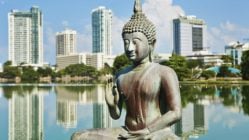
Colombo
Hot and busy, recent years have seen Colombo gradually transform from a place visitors could not avoid to a fascinating destination well worth exploring.
Discover more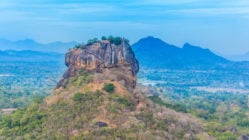
Cultural Triangle
Kandy, Anuradhapura and Polonnaruwa were the three great Sinhalese capitals, and together they form the area known as the Cultural Triangle.
Discover more
Galle
Galle is a stunningly atmospheric town at the southern edge of Sri Lanka with fascinating history evident at every turn through its eclectic assemblage of architecture.
Discover more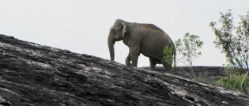
Gal Oya National Park
Gal Oya National Park is something of a hidden gem, one of Sri Lanka’s least visited national parks due to its remoteness and dearth of accommodation, yet it is a place of beautiful landscapes home to vibrant wildlife.
Discover more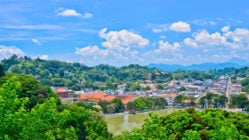
Kandy
A world of ancient kings, ornate temples, lush gardens and vibrant traditions – Kandy is the second largest city in Sri Lanka and its cultural capital.
Discover more
Koggala Lake
A short way east along the coast from Galle Fort, Koggala is a small town fronted by one of the longest beaches in Sri Lanka and backed by a large lake.
Discover more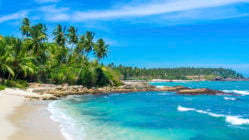
Tangalle
A meandering stretch of rugged cliffs and beautiful sandy bays on Sri Lanka’s southern coast, all protected by a vast enclosing reef, you’ll find a collection of the island’s best beaches and a small collection of blissful resorts west of Tangalle.
Discover more
Yala National Park
Occupying the south-eastern corner of the island, the vast Yala National Park is Sri Lanka’s second largest national park and also its most popular.
Discover moreMeet your Indian Subcontinent team
When to visit
The temperature in the hills is significantly cooler than in the cities, averaging between 17-20°C. Humidity is also lower here. The dry seasons, and the best times to visit, are between December and March and then again from July to August. You’ll experience wetter weather conditions in April and from October to November.

Dry season
December–March, July–August

Expect wetter weather
April, October–November
Plan your trip to the Tea Country
Whatever you want from your adventure in the Tea Country, our team of expert travel designers are ready to help.
Our Sri Lanka trip was amazing. We added Sri Lanka to our already planned Maldives vacation and engaged Jacada to design our trip. Rosanna understood our goals and expectations right off the bat. She put together an itinerary that was perfect. We have engaged travel agents prior, and this was by far one of our best experiences. She is absolutely…
From the first phone call, to the moment our guide dropped is back at the airport at the end of the trip, everything went so smoothly. Great planning, great itinerary, great guide/driver, great service, a great experience!
Our itinerary to Sri Lanka and Maldives was PERSONALIZED and CUSTOMIZED! Travel agent, Leanne Anglo, personally called me, asked our desires, LISTENED, and established a FABULOUS itinerary!! Our 2-week vacation was perfect as it included so many highlights that you’d want on a wonderful, relaxing and memorable vacation. We spoke with Leanne several times over the 16-month planning stage –…
I contacted 3 highly rated travel agencies to plan our trip to Sri Lanka and Maldives (this is a way I determine their responsiveness and quality). JACADA TRAVEL came out on top! (Another company sent me e-mails and was way too willing to agree to places I mentioned without any further thought; the other company never called me for the…
I have worked with a number of travel agents over the years and have pretty much traveled the world. Our recent experience on a luxury 3 week trip to Thailand and Sri Lanka planned and managed my Jacada was simply superb. The attention to detail was outstanding at every step of the way. Our personal travel concierge, Gilda Tang, reviewed…
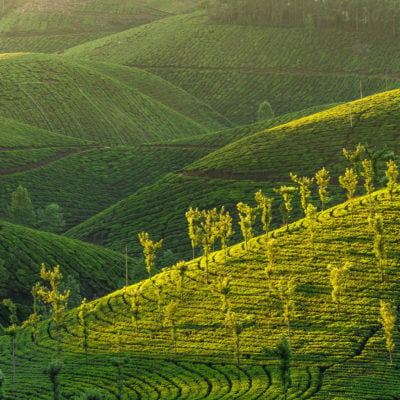
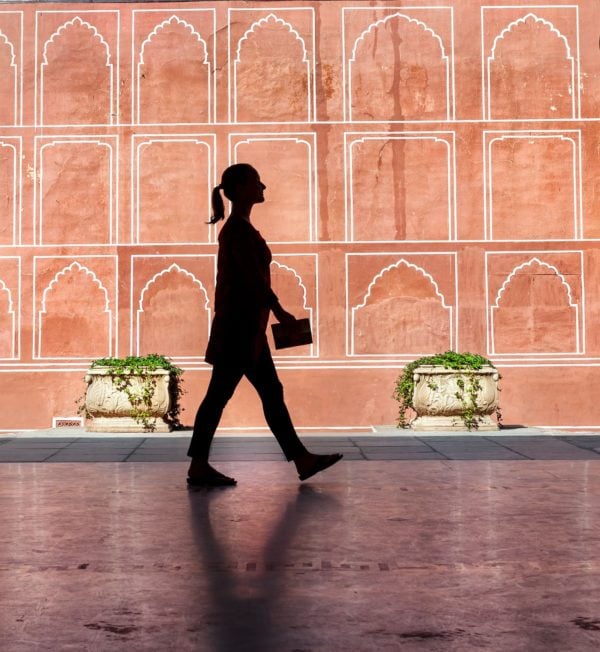
Plan with peace of mind
When you book a trip in today’s world there’s a lot to think about. But with the right advice and expert planning, you can do it with confidence.
If you book to travel with us but your plans are impacted by circumstances you can’t control, we’ll change your reservation or cancel your booking for a full credit towards future travel.




